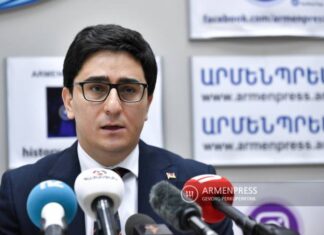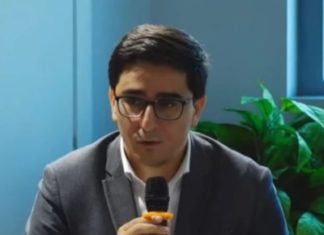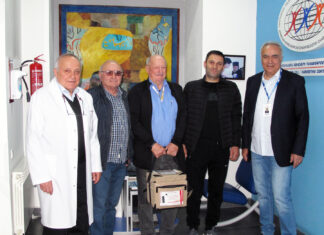 ZURICH (Combined Sources) — Super heavy elements do not occur naturally in nature; instead they are created in labs.
ZURICH (Combined Sources) — Super heavy elements do not occur naturally in nature; instead they are created in labs.
Four new chemical elements now have official names and symbols, the International Union of Pure and Applied Chemistry (IUPAC) announced this week. Prof. Yuri Oganessian was integral to the discovery of three of the four.
After a five-month review, IUPAC chemists have approved the four names for super heavy elements 113, 115, 117 and 118 proposed by the elements’ discoverers. Such super heavy elements, whose atomic numbers indicate how many protons reside in each nucleus, don’t occur naturally in nature, so they must be created in labs.
Following tradition, the names needed to honor a place, geographic region or scientist, with the name endings following specific protocols related to each element’s placement on the periodic table of elements.
The four new elements are: Element 113: nihonium (Nh); Element 115: moscovium (Mc); Element 117: tennessine (Ts); Element 118: oganesson (Og).
The IUPAC announced in January that the four elements would land on the periodic table, though the elements remained nameless. Then, in June, the IUPAC announced the new names, which had yet to be finalized.









